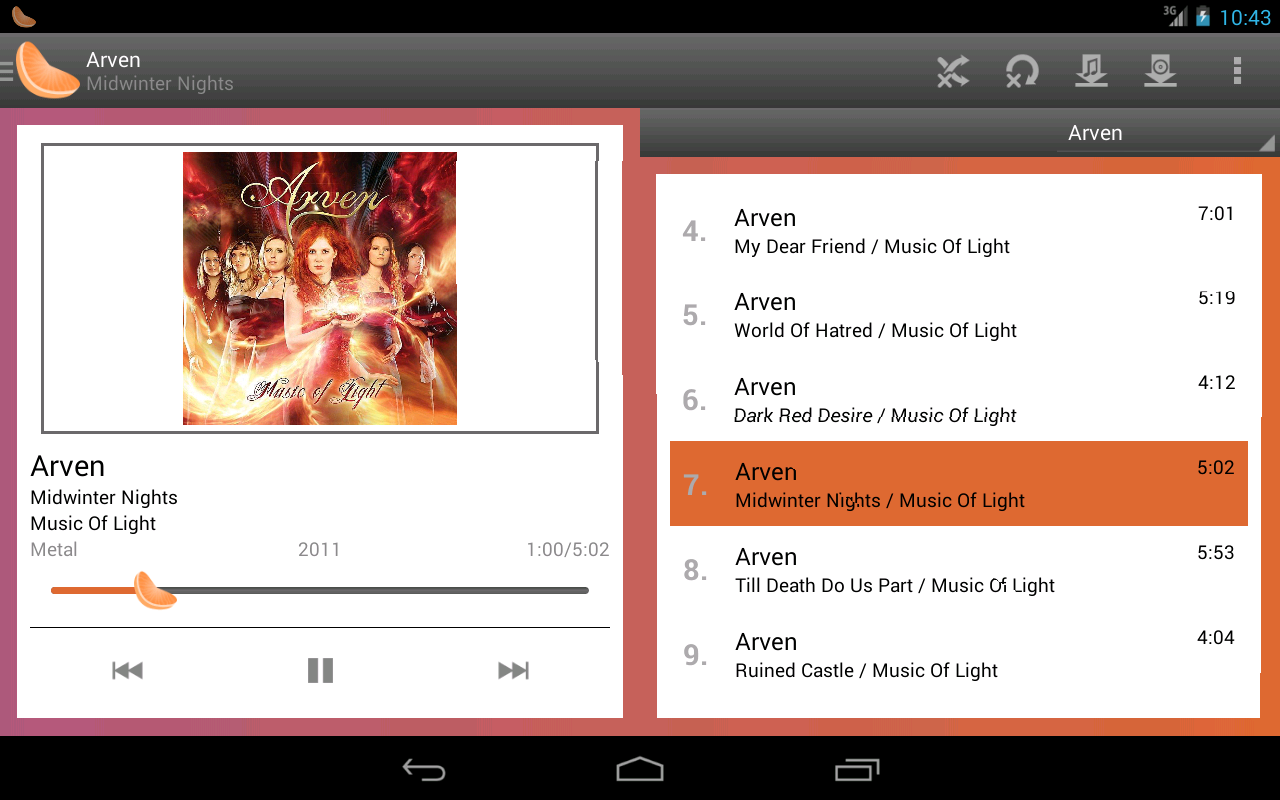


- #Cd player osx with gain mac os x#
- #Cd player osx with gain movie#
- #Cd player osx with gain windows#
#Cd player osx with gain mac os x#
JavaTunes, Windows, Linux and Mac OS X.FLAC, the reference FLAC decoder can create a new copy with ReplayGain applied, through the undocumented option -apply-replaygain-which-is-not-lossless as of version 1.1.1.Exaile, Linux/ GNOME desktop environment.DeaDBeeF, Linux, *BSD, OpenSolaris and Mac OS X.Clementine, Windows, Mac OS X and Linux.
#Cd player osx with gain windows#
Aqualung Music Player, Linux and Windows.Audacious, Unix-like systems and Windows.Native ReplayGain support was added in Amarok 2.1. Standard measurement algorithms for broadcast loudness monitoring applications have recently been developed by the International Telecommunication Union ( ITU-R BS.1770) and the European Broadcasting Union ( EBU R128).It is available in iTunes and on the iPod. technology similar in function to ReplayGain. Sound Check is a proprietary Apple Inc.While dynamic range compression is beneficial in keeping volume constant, it changes the artistic intent of the recording. With dynamic range compression, volume may be altered on-the-fly on playback producing a variable-gain normalization, as opposed to the constant gain as rendered by ReplayGain.RMS normalization is more accurate, but does not take into account psychoacoustic aspects of loudness perception. Peak amplitude is not a reliable indicator of loudness, so consequently peak normalization does not offer reliable normalization of perceived loudness.In album-gain mode, when album-gain data is missing, players should use track-gain data instead. On playback, listeners may decide if they want all tracks to sound equally loud or if they want all albums to sound equally loud with different tracks having different loudness. Using the album-gain values during playback will preserve the volume differences among tracks on an album. In album-gain analysis an additional peak-value and gain-value, which will be shared by the whole album, is calculated. Analysis can also be performed on a per-album basis. ReplayGain analysis can be performed on individual tracks, so that all tracks will be of equal volume on playback. The more recent EBU R 128 suggests 23 dB. In contrast, the SMPTE RP 200:2002, on which the ReplayGain reference was originally based, recommends 20 dB of headroom.

ReplayGain nominally plays at -14 dB relative to full-scale leaving 14 dB of headroom for reproduction of dynamic material. Ī more common means of specifying a reference level is relative to a full-scale signal.
#Cd player osx with gain movie#
The SPL reference comes from a SMPTE recommendation used to calibrate playback levels in movie theaters. The target loudness of ReplayGain utilities is 89 dB sound pressure level. Some lossy audio formats, such as MP3, are structured in a way that they encode the volume of each compressed frame in a stream, and tools such as MP3Gain take advantage of this for directly applying the gain adjustment to MP3 files, adding undo information so that the process is reversible. Alternatively, a tool can amplify or attenuate the data itself and save the result to another, gain-adjusted audio file this is not perfectly reversible in most cases. ReplayGain utilities usually add metadata to the audio files without altering the original audio data. Other formats such as AAC and WMA use their native tag formats with a specially formatted tag entry listing the track's replay gain and peak loudness. FLAC and Ogg Vorbis use the REPLAYGAIN_* Vorbis comment fields. Most implementations now use tags for ReplayGain information. The original ReplayGain proposal specified an 8- byte field in the header of any file. The peak level metadata can be used to prevent gain adjustments from inducing clipping in the playback device. ReplayGain-capable audio players use the replay gain metadata to automatically attenuate or amplify the signal on a per-track or per-album basis such that tracks or albums play at a similar loudness level. Typically, the replay gain and peak level values are then stored as metadata in the audio file. The difference between the measured perceived loudness and the desired target loudness is calculated this is considered the ideal replay gain value. Equal-loudness contours are used to compensate for frequency effects and statistical analysis is used to accommodate for effects related to time. ReplayGain works by first performing a psychoacoustic analysis of an entire audio track or album to measure peak level and perceived loudness.


 0 kommentar(er)
0 kommentar(er)
